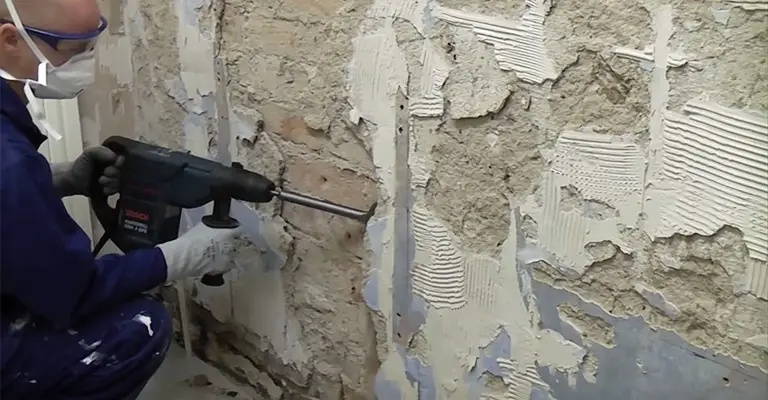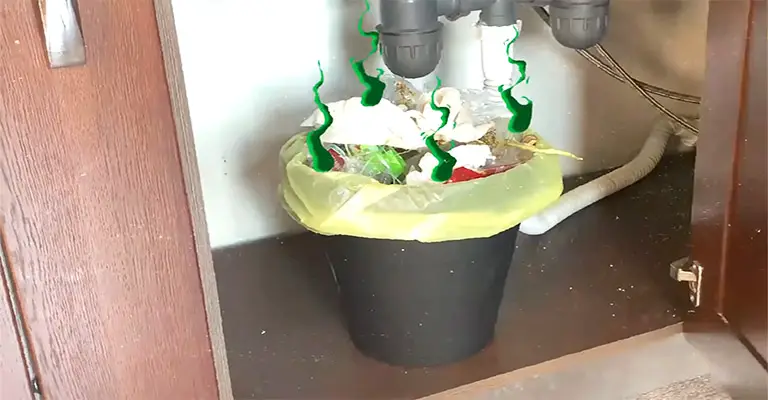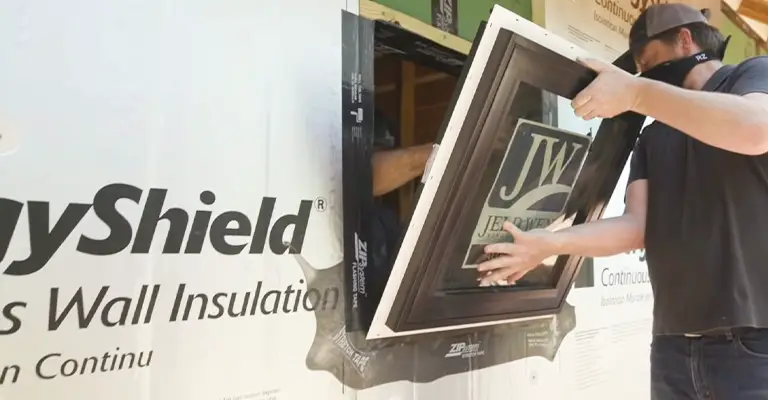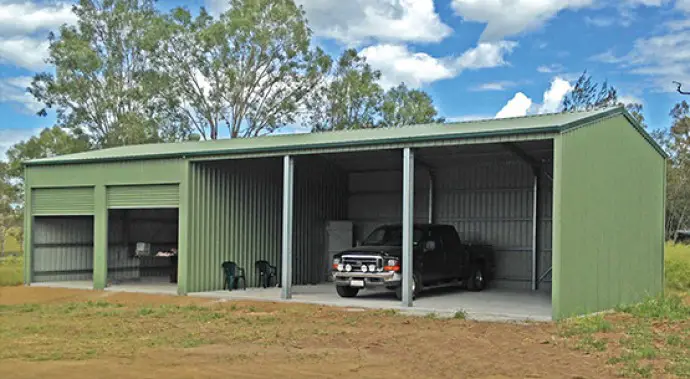How to Remove Plaster Walls and Replace with Drywall
Removing plaster walls and replacing them with drywall is not a difficult job but a messy job. Behind the plaster walls are one kind of narrow strip of wood called lath. The lath nailed directly to the wall studs, supports the plaster wall coat.
After you have removed the plaster, you can ignore shaping the lath in place if you wish. As we know, the lath provides a solid, stable foundation for the drywall boards. Then, after taking all the prep works you can start installing new drywall on the lath.
Safety measurements
Anyone who will be involved in plaster removal must always follow basic safety measures and preparations, such as:
Wearing safety gear like safety goggles, earplugs, work clothes that can entirely cover up the body, and a face mask. However, an asbestos mask will work best, especially one that can also protect the wearer from any kind of lead exposure.
Prep work before removing the plasters
A few quick points you need to check before starting the job. Once all the safety measures are in place and the prep works are completed, that is your start mark for removing the plaster on the walls. Alert, it must be methodically done.
Existing lath framework
If we decide to use the existing lath then that must be in good condition to support the panels that are going to be installed on it. Or you can just get rid of the lath and make room for the new wall. And smashing everything with a hammer is certainly not your option. So, you have to be methodical about it due to the safety risks involved, and so much more.
Use cover sheets
Either transfer all furniture from the present room or if it is not possible then covering them up with plastic sheets may do. The floors and entryways must be covered up with sheets to avoid getting damaged and also to limit the mess if possible. You can cover your floor with plywood because they are best at protecting from damages.
Air ducts
Next is covering up vents, air ducts, and other openings to prevent dust from entering. This is necessary because lead and asbestos dust can settle inside these vents without you noticing and can affect your health. There is a possibility that this might happen immediately once you switch on your HVAC system.
Power supply
While hammering, you might accidentally damage and cause even more problems to the lines. So, turning off the power and water supply will be a safe option before starting the main process. Locate the supply lines that run along the walls and carefully do the job around them.
Garbage cans and dumpsters
This task is guaranteed to be messy, so you will get a lot of help from garbage cans that are present in the workspace to make cleanup a lot easier. As well as a dumpster that certainly will hold all the harmful dust and debris generated.
Preparing for Drywall Installation
When you decide to replace plaster walls in your home, proper preparation is key. Start by removing all the plaster and wood lath from the interior walls, ensuring a clean slate for your project. Be sure to check for any loose plaster that might still cling to the wood studs or exterior walls.
After clearing the area, inspect the wood studs to ensure they are in good condition for the new drywall installation. With the studs ready, measure the square foot area to calculate the materials needed for your DIY project.
Applying drywall mud properly will ensure a smooth finish, making your replacing plaster walls project a success.
How to Remove Plaster on Walls
If there are any decorative kinds of stuff on the wall, keep them safe aside. The center of the topmost section will be your best spot for starting your work. Grab a crowbar or any hammer and start tapping the area until you create a hole, do this repeatedly until you see the lath beneath. Then you will finally see the lath behind this plaster. Gently, place the claw end of the crowbar on the hole that you made just now.

Now, drag it down to tear the plaster in a downward motion. This will be your starting point for plaster removal. You can use any kind of tool to separate both of them but remember to do it horizontally. Continue peeling off the plaster but do it slowly to prevent accidental damage to the lath underneath the plaster. After you are done removing it, be sure to inspect the wall. Do not let any gap or put pieces of stuff inside the wall.
Tips
If it happens to be a stubborn plaster, then you have permission to use a scraper or putty knife to separate the plaster from the lath. In case, you prefer installing the panels over the existing lath, then the lath’s framework must have a good condition. Position the large trash can beneath the gash in the wall. By this, the floor will less messy and will be easy to clean afterward.
If the plaster overwhelms the room with nasty dust, then spray water into the air. As we know, the water droplets will capture the mini dust particles and cause them to drop to the floor more quickly. However, you may create a muddy mess on the floor.
Drywall
Drywall needs a smooth, even surface on the studs. So, before installing the panels, prepare the wall studs and pry the leftover nails from the lath or hammer them into it.
Things You Will Need
A pair of heavy work gloves, safety goggles, and a dust mask. You will need a ladder, a proper hammer, a crowbar, a flat-blade spade, a large plastic trash can, 5-gallon buckets, and a shovel to pick them up.
First set up
If we are going to drywall over the existing lath, then you should make sure that the lath strips are intact or in place. If not then you can again hammer on loose nails, furthermore clean all dust on the lath. The starting section is the same, which is the topmost corner of the wall. Directly below the ceiling, place your drywall panel horizontally.
Place the ends of the panel at the center and screw them properly. The screws measurement will be 2 inches on the ends of the panel. One thing is that these screws must hit the timber studs, and a 6-inch space should be present between each of the screws. The first panel is done.
Rest of the panels
Now, install the next panel beside the first one. Same process but the ends of the two panels must meet at the center of the stud. However, try to leave as less gap as possible between the panels.
Even if you use duct tape to cover it up, it may still be visible even after painting. In this situation, best tape for painted walls might help you.
Most probably you might have to cut the last panel to finish a row. To do that, you can simply use a utility knife. Turn it over and then bend it close to the scored line for a clean break. Now the first row is done, grab the other panels and install them directly below the first panel. Rest is easy because all you need is to repeat this entire process until you finish installing the panels on the entire wall.
FAQ
1. Is it a possibility to drywall over old plaster?
Answer: It depends of course. You may be able to however, many reasons you may not be able to. One of the reasons is that old plaster has mold on it.
2. Is the processing time-consuming?
Answer: If you do accordingly the article methodically then it might take only 2 to 3 hours.
3. Is it expensive to replace plaster with drywall?
Answer: It entirely depends on how big the building is. But it can cost several thousand dollars to complete the whole process.
Conclusion
There is a high chance that the nails of the lath strips may be very rusty and be careful to use heavy work gloves as you handle the lath. All this to say, there are a lot of advantages to plaster walls. However, if there is anything wrong with the structural integrity of the building, then you may want to reach out to a professional who can do all the removal and installation.





